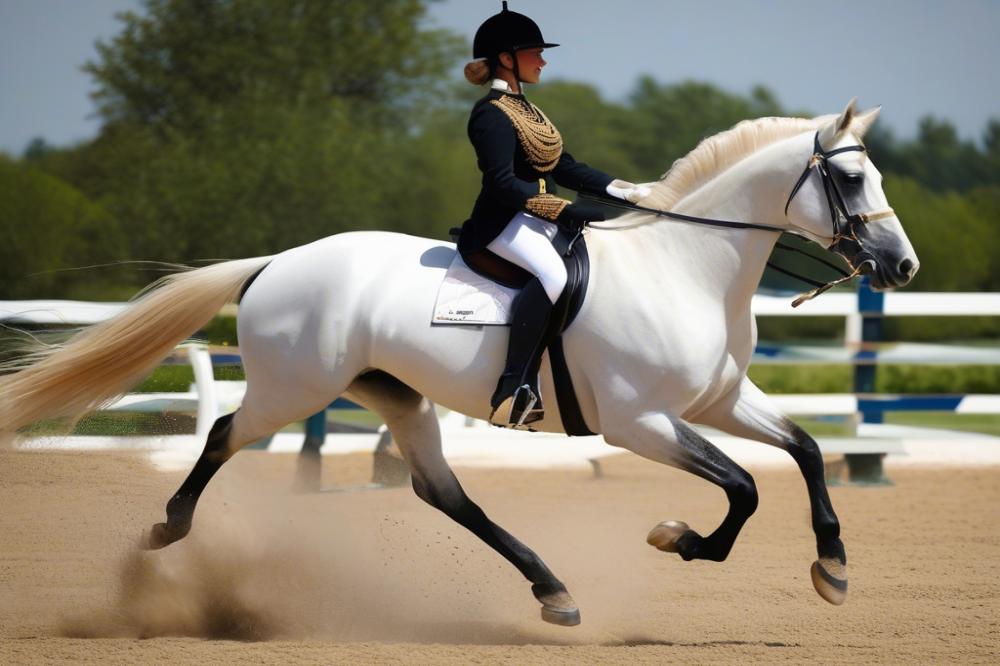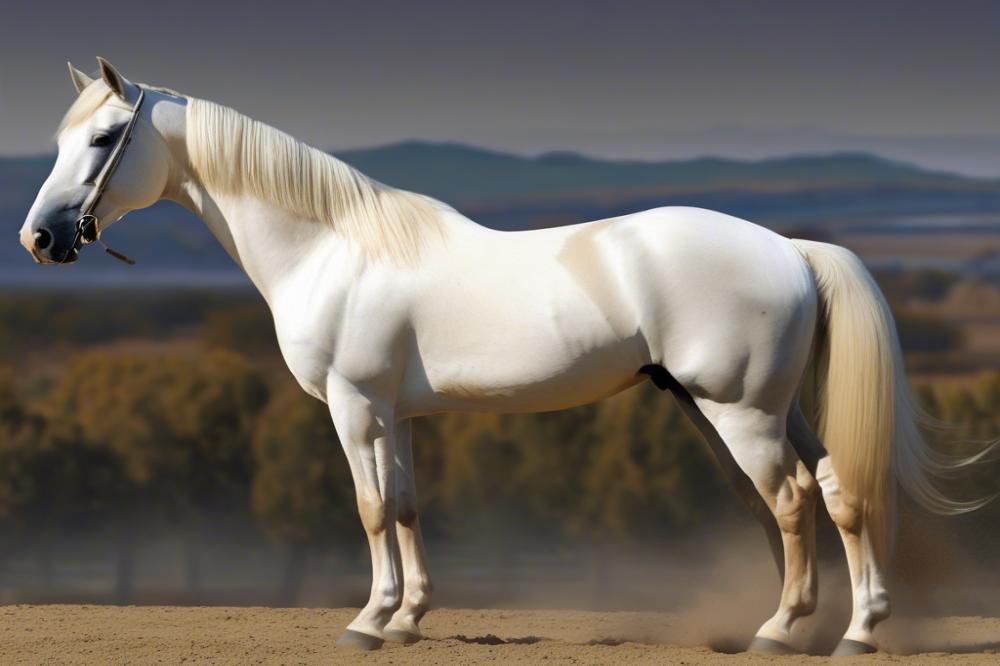A Glimpse into the World of Akhal-Teke Horses
Akhal-Teke horses are truly a sight to behold. Originating from Turkmenistan, these stunning creatures are often recognized for their shimmering coats and athletic build. Their roots stretch back thousands of years, and they have been treasured by many cultures as symbols of beauty and endurance. With their sleek bodies and remarkable stamina, it’s no wonder they have captured the hearts of horse enthusiasts worldwide. Some might say they have a magical quality, akin to blue roan horses that sparkle in the sunlight.
The Importance of Proper Practices
When it comes to showing and performance, the right practices are essential for both horses and riders. Just like how a good coach can make or break a team, the way we train and care for our Akhal-Teke horses can significantly impact their performance. Equestrian techniques are not just a set of rules; they are the backbone of successful showing. Serious competitors know that giving their horses the best in horse care and training is vital. It can mean the difference between a top finish and going home empty-handed.
What This Article Aims to Achieve
This article aims to be your go-to show guide for working with Akhal-Teke horses. With insights on horse training, care tips, and performance strategies, we want to equip you with the knowledge needed to shine in the show ring. Whether you are new to showing or have experience under your belt, there is always something new to learn. Just as German horse breeds exhibit distinct features and methods, so too do Akhal-Tekes present their own unique set of characteristics that require special attention. Along this journey, you’ll find practical advice, relatable anecdotes, and perhaps even a few laughs. So saddle up, and let’s dive into the world of Akhal-Teke horse show practices!
Understanding the Akhal-Teke Breed
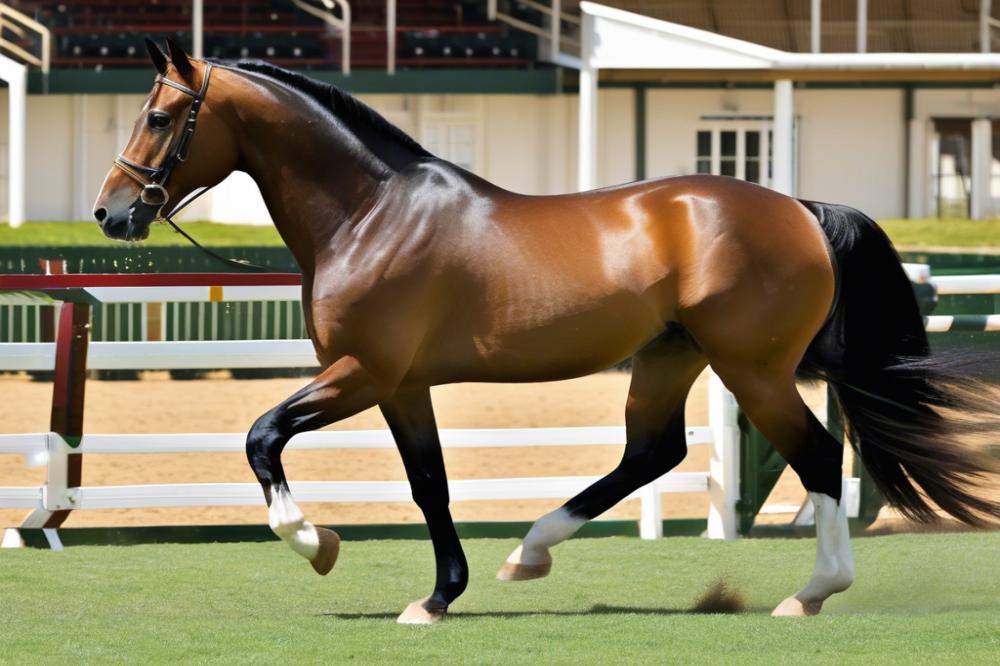
History and Unique Traits
The Akhal-Teke horse has a fascinating story that goes back over 3,000 years. Originating from Turkmenistan, these horses were bred by nomadic tribes for speed and endurance. Legends often describe them as “golden horses” because of their shiny coats. This breed is known for its loyalty and strong bond with humans. Enthusiasts say they have an almost mysterious air around them. They are not just horses; they are a piece of history.
Physical Characteristics and Temperament
One glance at an Akhal-Teke can leave you in awe. Their coats often glimmer like metal under the sun. Colors range from gold to chestnut and even gray, making each horse striking. Long, elegant legs and a slim build contribute to their grace. Many folks say they possess a noble posture that’s hard to ignore. When it comes to temperament, these horses are smart and often eager to learn. Their energy can be both a blessing and a challenge, especially during equine training. Patience is key here; they respond well to gentle guidance.
Equestrian Disciplines Suited for Akhal-Teke Horses
Now, let’s talk about what these beauties excel at. Akhal-Tekes shine in various equestrian disciplines. They are particularly skilled in endurance riding due to their stamina. Their agility can also be showcased in jumping events. Dressage is another area where they impress with their elegance. A dedicated horse training program will definitely help bring out their full potential. Many riders appreciate their versatility across different competitions. This show guide suggests exploring various disciplines to find the perfect fit for your Akhal-Teke.
Preparing for a Horse Show
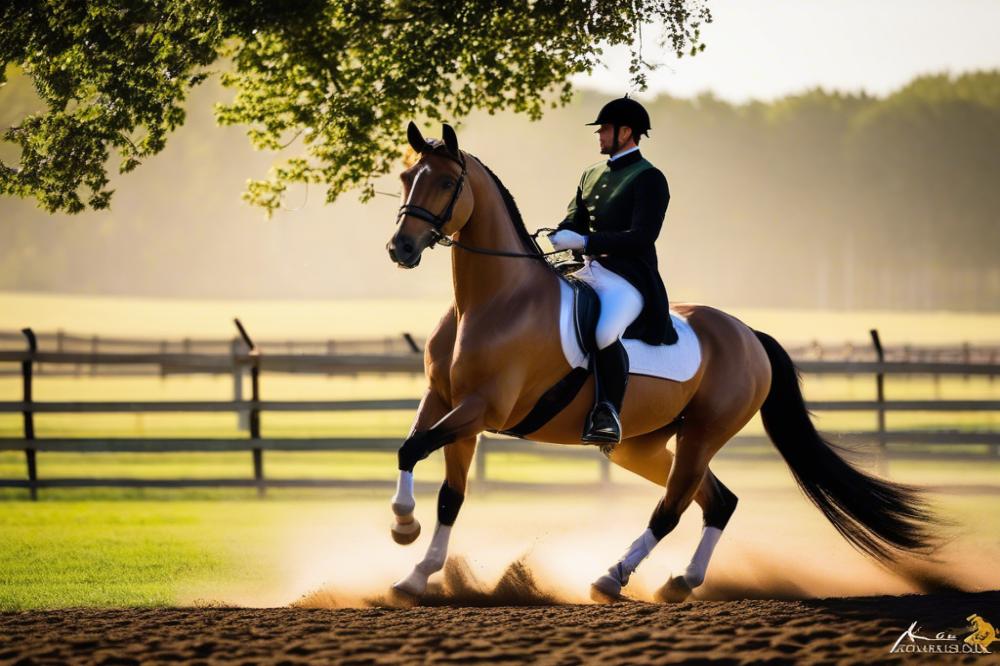
Selecting the Right Akhal-Teke for Competition
When it comes to choosing an Akhal-Teke for competition, think about their strengths. Some are natural performers while others may shine in training but not quite in the show ring. Look for a horse that has a confident and calm demeanor. A good attitude can make a huge difference. Not every horse will love the spotlight, so pick one that can handle pressure. Remember, a loyal partner will always shine brighter than a superstar who isn’t comfortable.
Essential Training Practices
Training needs consistency and patience. Focus on mastering basic equine training techniques before progressing to more advanced skills. Spend time establishing a solid foundation. Regular practice sessions help develop trust between horse and rider. In addition, using positive reinforcement can go a long way. Rewarding your Akhal-Teke for good behavior creates a happy learning environment. Incorporate various exercises that challenge both you and your horse. Variety keeps things interesting!
Nutrition and Grooming Tips
Proper horse care is crucial. Healthy horses perform better. Feed your Akhal-Teke a balanced diet that includes hay, grains, and minerals. Tailor the diet to meet their specific needs. Always check if the horse needs a little extra boost before a show. Grooming is another important part. Regular brushing not only keeps the coat shiny but also builds a connection. Make grooming a spa day for them, and they will appreciate the TLC.
Importance of Health Checks
Regular health checks are not just a formality; they are a necessity. Keeping your horse in top condition requires vigilance. Make sure to schedule vet appointments before the show. This way, you can catch any potential issues early. Keep an eye on their hooves, coat, and appetite. Horses communicate with us through their behavior. If your Akhal-Teke seems off, it’s essential to investigate right away. A healthy horse is a happy competitor!
Show Ring Etiquette and Presentation
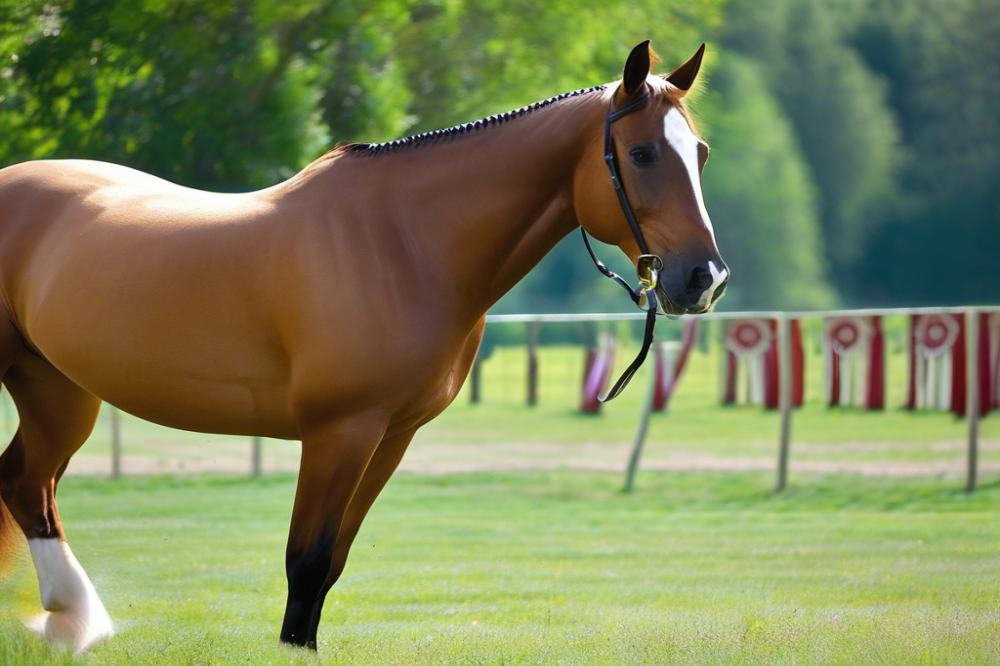
Guidelines for Entering the Show Ring
Jumping into the show ring can be thrilling. A rider should always enter with confidence. Remember, the judges are watching closely. It’s wise to greet the judge with a nod or a simple “hello.” This small gesture can set a positive tone. Make sure your Akhal-Teke is calm as you walk in. A relaxed horse looks good and helps relax its rider too. When it’s your turn, listen closely for instructions. Following cues shows you’re a reliable pair.
Proper Attire for Horse and Rider
Looking sharp in the show ring matters! Riders should wear traditional equestrian attire. A fitted jacket, crisp shirt, and tailored pants are perfect choices. Don’t forget your boots—polished and ready to shine! This isn’t just about fashion; it’s about displaying respect for the sport. A neat horse is equally important. Grooming should be top-notch. Brush that lovely Akhal-Teke until its coat gleams. Braiding the mane can add a polished touch.
Techniques for Presenting Akhal-Teke Horses
Presentation is key to making your Akhal-Teke stand out. Start by practicing in advance. Show a crisp walk, followed by a strong trot. Use the proper equestrian techniques to highlight your horse’s athleticism. Keep your pace consistent and eye contact strong. Adjust your reins as necessary to maintain control. Timing is everything when changing gaits. A fluid transition can amaze onlookers. Remember, the judges want to see how well you communicate with your horse.
Common Mistakes to Avoid
Even seasoned riders can trip up sometimes. One mistake is rushing into the ring without being prepared. Take a moment to breathe. Another common error is not paying attention to the horse’s behavior. If your Akhal-Teke gets nervous, that can reflect poorly on both of you. Avoid excessive movements; this can distract from your horse’s performance. Always remember to keep your focus sharp. A friendly smile can go a long way, but don’t overdo the waving!
Judging Criteria and Performance Assessment
Overview of What Judges Look For in Akhal-Teke Shows
When judges evaluate Akhal-Teke horses, they are on the lookout for specific traits. First, they seek grace in movement. An elegantly trotting horse always catches the eye. Judges also consider the horse’s structure and conformation. A well-built animal brings extra points in the ring. Quality of coat matters too. The Akhal-Teke’s shimmering, metallic sheen can be a showstopper. Judges will give credit for good grooming and cleanliness, which are part of horse care.
Understanding Scoring Systems
Diving into the world of scoring can feel like deciphering a secret code. Most shows use a system where points are awarded based on various criteria. Points might be assigned for movement, appearance, and overall presentation. Knowing how scores are broken down can help riders focus. If a specific area needs improvement, equine training can play a crucial role. Keeping track of potential scores can give a competitor an edge.
Importance of Showcasing Unique Breed Characteristics
Every breed has its special traits, and the Akhal-Teke is no exception. Highlighting these distinct features can set a horse apart from the pack. For instance, the deep, large eyes or the arched neck often make a striking impression. Displaying these attributes not only impresses judges but also embodies what it means to represent the breed. During presentations, riders should focus on these qualities. Using proper equestrian techniques can help showcase them effectively. Remember, it’s about more than just winning ribbons; it’s about celebrating the Akhal-Teke legacy!
Engagement and Bonding with Your Horse
Building Trust and a Connection with Your Akhal-Teke
Creating a bond with your Akhal-Teke horse isn’t just important; it’s crucial. Imagine walking into the stable, and your horse comes trotting over, eager to see you. That’s the magic of trust. Start by spending time just being near your horse. Stand quietly and let them observe you. Allow them to approach you on their terms. This builds a solid foundation. Patience is key. Trust doesn’t happen overnight.
Offering treats can help too. Horses love carrots and apples! Just remember to be gentle and calm when giving these goodies. Your horse should know you bring good things and positive energy. Over time, this will create a stronger bond, making equine training much easier.
Mental and Emotional Preparation for Both Horse and Rider
Before heading to the arena, mental and emotional preparation is a must. Just like you wouldn’t play a game without warming up your muscles, your mind needs preparation too. Visualize your ride and the movements you want to perform. Picture your Akhal-Teke responding to your cues with grace. This technique works wonders.
Don’t forget your horse! They can pick up on your feelings. If you’re nervous, chances are your horse will sense it. So, take a deep breath and relax. Engage in some light stretching or yoga to calm those jitters. Your Akhal-Teke will mirror your energy, so stay positive and focused. Together you’ll shine during practice sessions and in the show ring.
Exercises to Enhance Communication
Enhancing communication with your horse requires practice and creativity. Start with simple groundwork. Movements like leading, stopping, and turning help both of you understand each other better. Make a game out of it! For example, set up cones to weave through. This not only improves your communication but also builds confidence for both of you.
Another great exercise involves using body language. Horses are naturally sensitive to gestures. Try standing a few feet away and using your posture to direct your horse. Leaning in one direction might encourage them to follow suit. Play around with this technique during your training. It can be a lot of fun and it’s essential for developing equestrian techniques.
Lastly, don’t underestimate the power of vocal cues. Horses can learn to respond to different sounds. Use a word or phrase consistently for commands. Combining your voice with hand signals can make a big difference. Your Akhal-Teke will soon learn what you’re asking. This two-way communication strengthens your relationship.
Remember, bonding takes time and effort. Celebrate small victories along the journey. Laugh together when things don’t go as planned. Enjoy every moment in the saddle, knowing you are building a connection that is worth the hard work.
Post-Show Considerations
Evaluating Performance and Areas for Improvement
Reflecting on a show can really help in understanding what went right and what didn’t. Watching videos of your performance is useful too. You can spot those little moments where the Akhal-Teke horse didn’t quite hit the mark. Jotting down notes right after the event can save your thoughts from disappearing into thin air. Think about the horse’s temperament, the equestrian techniques used, and how they responded in various situations. Was there a specific move that went well? What about the parts that felt shaky? These notes will be gold when planning future shows.
Tips for Post-Show Care and Recovery for the Horse
Horse care doesn’t end when the applause fades. After a show, give your Akhal-Teke a good look-over. Make sure they don’t have any nicks or bruises. A gentle grooming session can help soothe their muscles. Hydration is key, so offer water or a electrolyte solution. Remember, they can’t tell you if they’re sore. If the weather was hot, watch for signs of overheating. A cool sponge down can do wonders. Also, let them enjoy some time in their favorite spot, munching grass or just relaxing.
Importance of Feedback for Future Shows
Getting feedback can feel a bit nerve-wracking, but it’s super helpful! Judges often provide valuable insights about your performance. Ask them specific questions after your round—don’t be shy! Friends or fellow riders can offer a fresh perspective too. They might see things you missed. Consider keeping a show guide where you track scores, comments, and your own impressions. Looking back over time will highlight your progress and show where you can improve. Feedback isn’t just a pat on the back; it’s like having a map to guide your future training plans.
Continuing Education and Resources
Workshops and Clinics
Finding workshops and clinics focused on Akhal-Teke showing is essential for anyone serious about improving their skills. These events often provide hands-on experience with horses and expert instruction. Imagine spending a weekend learning from seasoned trainers. You’ll witness equine training techniques that really bring out the best in these graceful creatures. Besides honing your skills, you’ll meet fellow enthusiasts. Building relationships can lead to more opportunities and valuable exchanges of ideas.
Online Resources
The internet is a goldmine of information for horse care and training. Websites, forums, and videos provide insights into various equestrian techniques. Make use of social media platforms to connect with other Akhal-Teke lovers. Engaging with a community can lead to shared experiences and advice that you might not find in books. Plus, there are plenty of show guides available online. These can help you prepare your horse and yourself for competitions.
Staying Updated
Keeping current on horse training practices is vital in this ever-evolving field. Trends change, new research emerges, and fresh techniques appear. What worked a few years ago may not apply today. By continuing your education, you keep your skills sharp and your horse happy. It’s like trying to catch a bus; if you don’t pay attention, you might just miss it! Staying informed allows you to adjust your approach when needed.
Remember, knowledge is power, especially in the world of Akhal-Teke horses. So dive in, seek out new resources, and enjoy the thrill of learning!
Wrapping It Up: Celebrating the Journey with Akhal-Teke Horses
Recapping the importance of best practices in showing Akhal-Teke horses cannot be overstated. These stunning animals deserve nothing less than our thoughtful attention and care as we present them in the ring. By following the guidelines shared, you’ll not only set standards for yourself and your horse, but you’ll also elevate the entire experience for everyone involved, creating a positive atmosphere for both competitors and spectators. Just think of it this way: it’s like raising a child—showing these beauties requires patience, guidance, and a whole lot of love.
While the road to success might be bumpy at times, it’s essential to embrace every step of the process. Every effort you put into working with your Akhal-Teke horse is a win in itself. Celebrating small victories—whether it’s mastering a new maneuver or simply enjoying a perfect day at the barn—can boost your spirits and strengthen your bond with your horse. Remember, folks often say that the love between dogs and horses is something special; perhaps it’s that connection that fuels our passion for these noble creatures.
Final thoughts revolve around fostering a genuine appreciation for Akhal-Teke horses. This breed, with its incredible elegance and history, provides not just a competitive spirit but also a narrative that encourages camaraderie among horse lovers. Sharing stories, laughing about the times when things didn’t go perfectly, or rooting for fellow competitors creates a warm atmosphere resembling that of a family reunion. And speaking of family, whether your goal is to shine in the show ring or simply to enjoy a leisurely ride, never lose sight of the joy that comes from being around these magnificent creatures.
In the end, showing and performing with Akhal-Teke horses isn’t just about trophies or ribbons. It’s about the journey, the friendships you build, and the love that grows stronger with every challenge faced. So gear up, step into the arena with pride, and remember to cherish each moment with your horse. After all, isn’t it the ride that matters the most?

